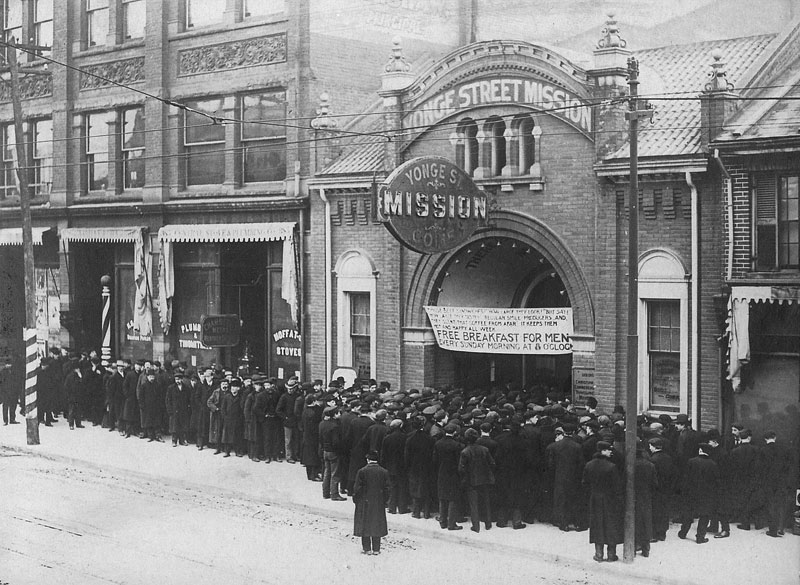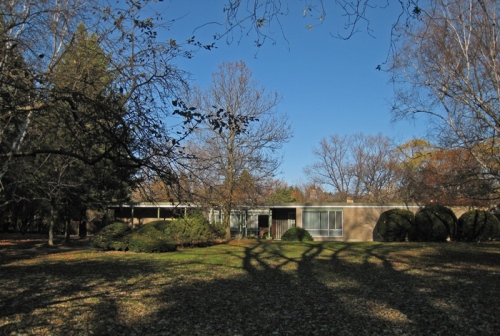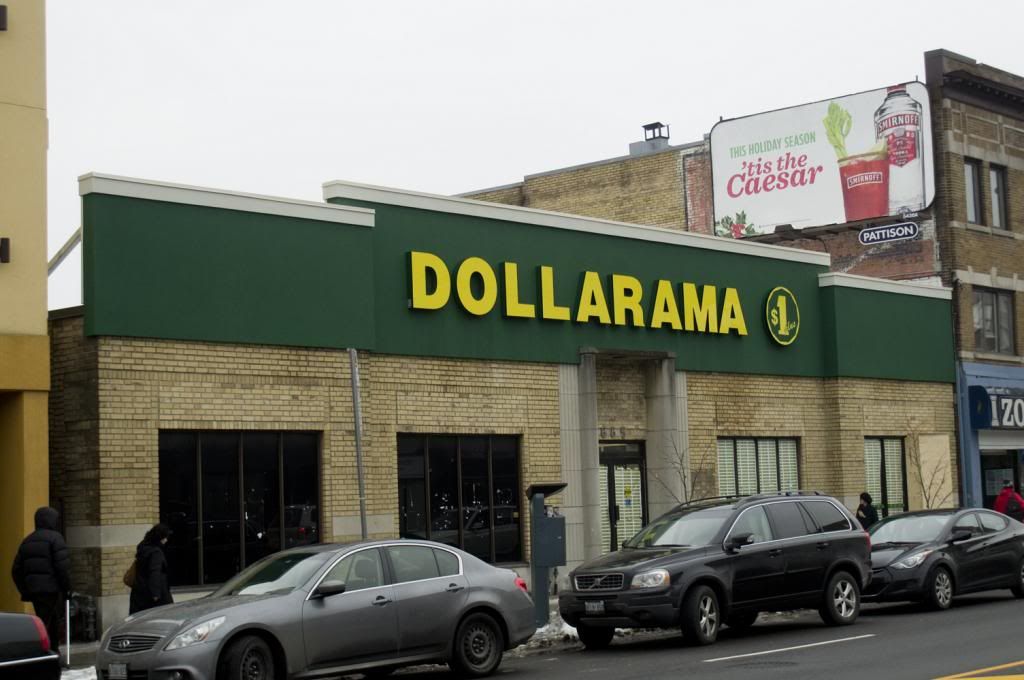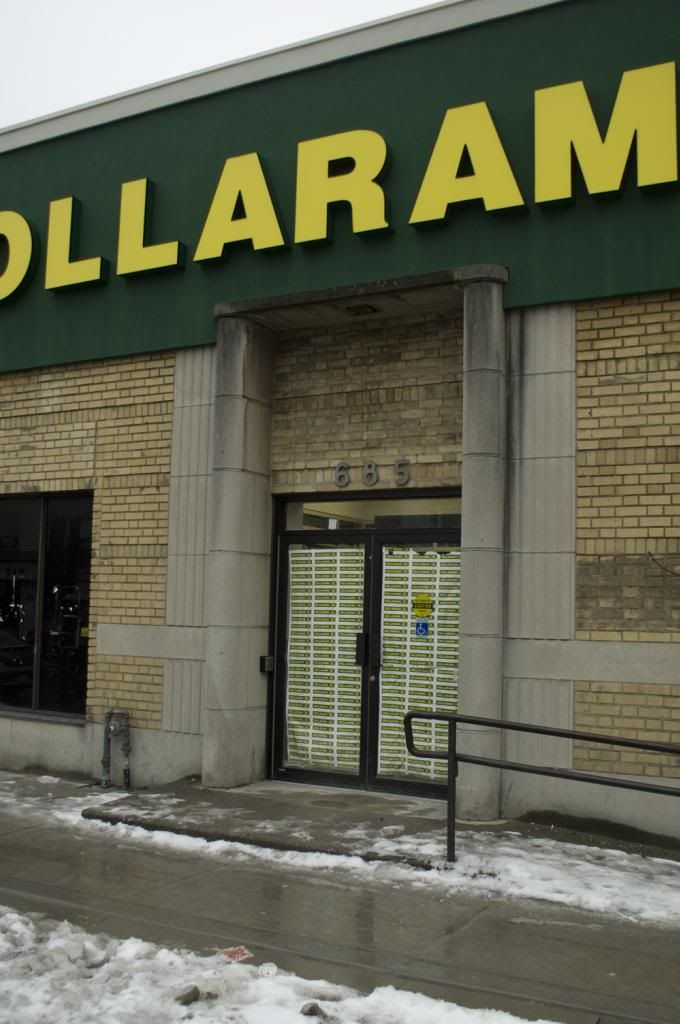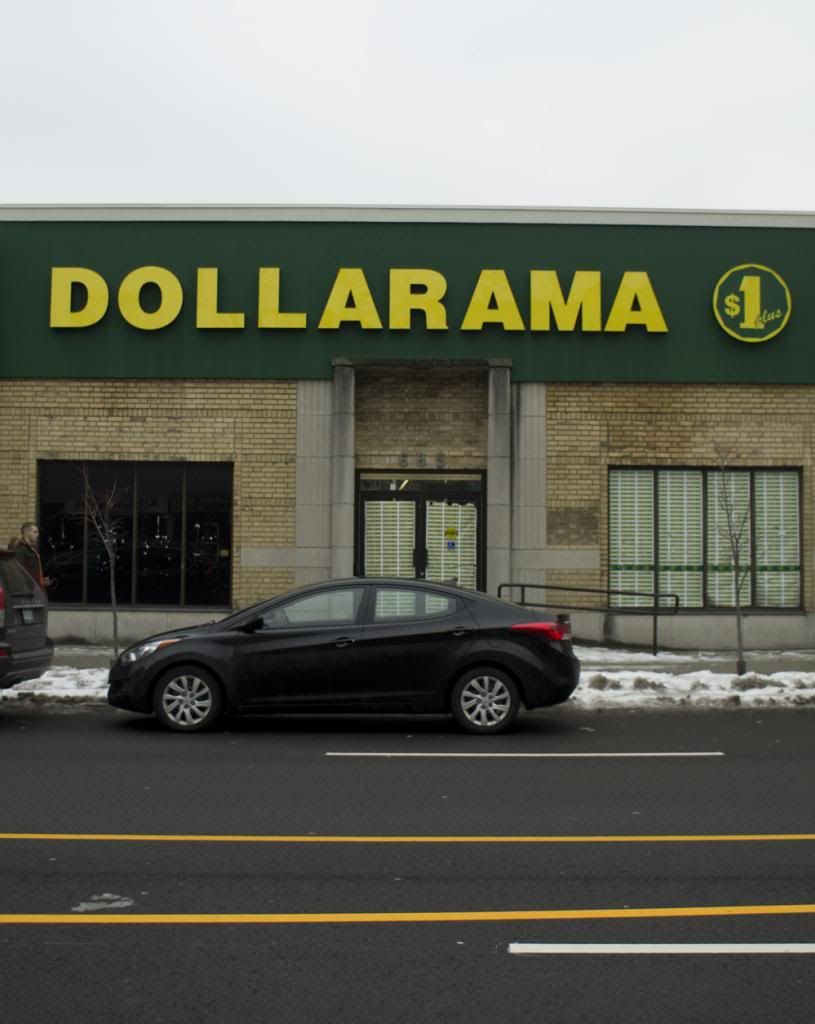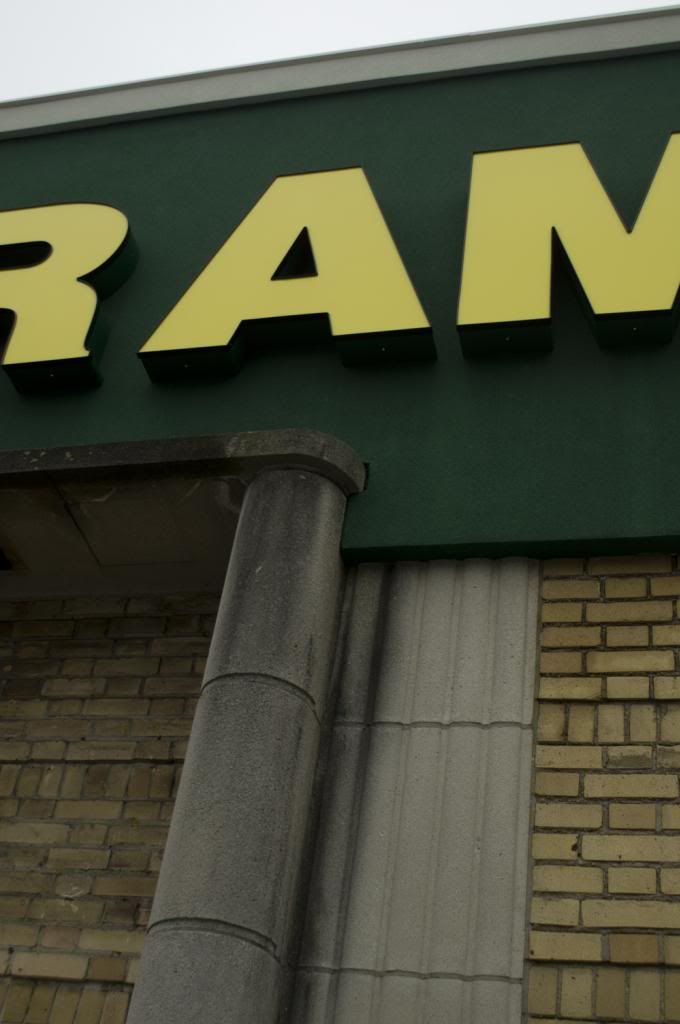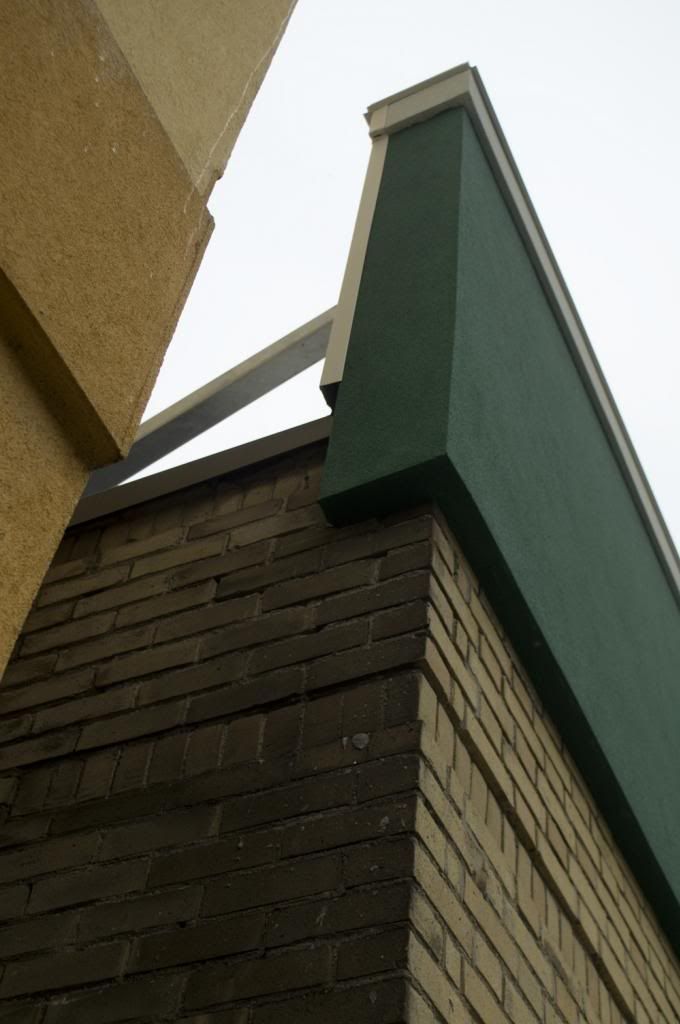buildup
Senior Member
I'm concerned about EIFS and other cladding on Yonge Street (see the Freeman's Tux store at 556 Yonge). But consoled by the possibility the original materials are still behind and restorable.
Has the city considered some sort of fund, tax-incentive to restore more of the Victorians on Yonge especially the defaced street level floors? They cant all be saved by 5St Joseph projects.
Has the city considered some sort of fund, tax-incentive to restore more of the Victorians on Yonge especially the defaced street level floors? They cant all be saved by 5St Joseph projects.





